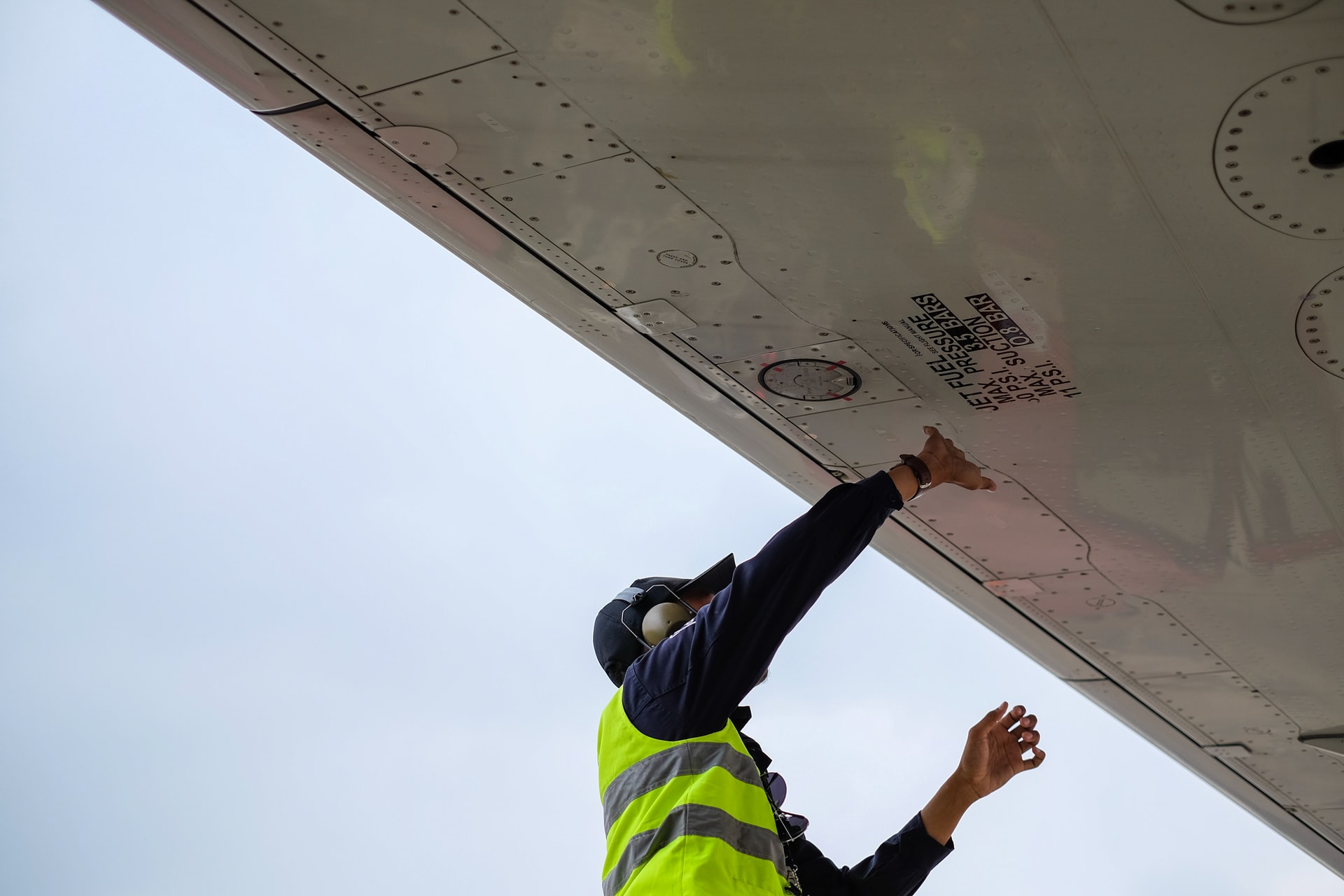The global aviation industry is experiencing a shortage of skilled aircraft mechanics. Statistics compiled by the North Central Institute indicate that the current shortage of trained mechanics could be costing the aviation industry US$2bn every year in delays and related costs, which is a huge dent in finances at a time of lower interest. As the aviation industry experiences an upturn in business with borders opening again, mechanics will be in serious demand. Learning to become a mechanic is one part of the story, but in today’s digitized age, having the right toolkit is becoming equally as important.
High tech equipment
Up-to-date technology is crucial in the development and maintenance of new aircraft. Given the problems that some older sections of stock have experienced, this is going to be an important trend in new fleets. Good quality diagnostic equipment will therefore be crucial in keeping older stock running properly and ensuring any flaws with newer models are ironed out. Optics industry experts SPI Borescopes (spiborescopes.com) have highlighted the use of high-tech optical diagnostic equipment for these purposes, which will also help with the modern need for social distancing from colleagues. This need for high-tech quality equipment is being highlighted in the most high-profile way through the use of tech by regular mechanics on the F-35 program, as highlighted in the Southern Maryland Chronicle. Indeed, lessons are being learned from military aviation that will influence the toolkit of mechanics in civilian work.
The VR/AR option
Increasingly, experts are maintaining that virtual and augmented reality can play an important part in mechanical tech – an idea that has come from the military sphere. Arabian Aerospace reported in late April that this would be a primary focus for new pilots hired in the Gulf region, and that it could be of benefit to mechanics. The heads-up display and conferred experience that AI and AR developed software and equipment provide can help mechanics to diagnose and rectify issues with aircraft with a greater level of assurance. These sorts of high-tech tools will be a key part of the modern mechanic’s toolkit in years to come.
The automated revolution
Aircraft are increasingly taking on a level of automation – tech mag New Atlas most recently highlighted the K-Max Titan, cited as the latest and greatest in tech that will be returned from military origins to use in the civilian world. With this comes a new challenge for aircraft technicians, and one that’s going to demand an even higher reliance on new forms of technology. Having the software and programming ability to make adjustments and corrections to advanced technology, in conjunction with the equipment to work on these pieces, will create a fully-rounded set of skills and experiences to tackle the newest generation of aircraft.
That high-tech future is one that aircraft mechanics and technicians must be aware of. Combining time-honored industry tools with the experience and ability to deal with transformative new tech will keep current and new plane fleets in check. Ultimately, it will mean the aviation industry can get running again with the assurance of some of its most critical people.


